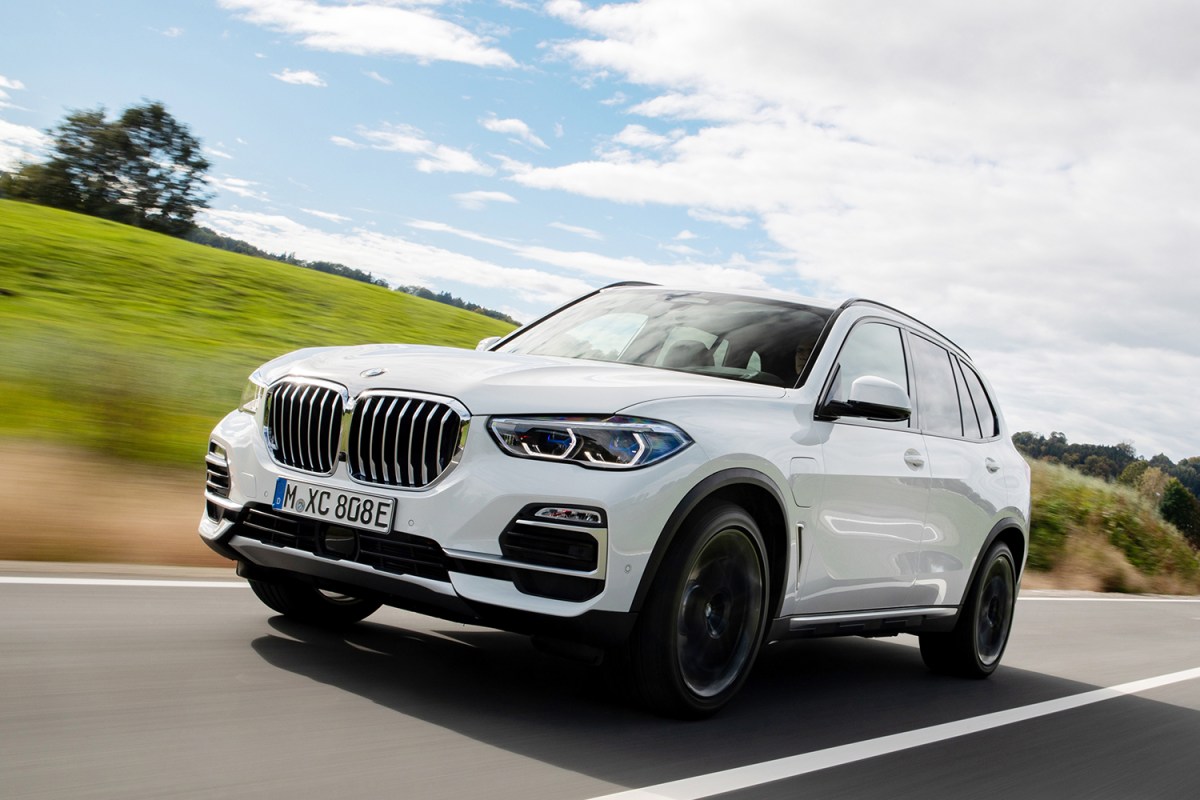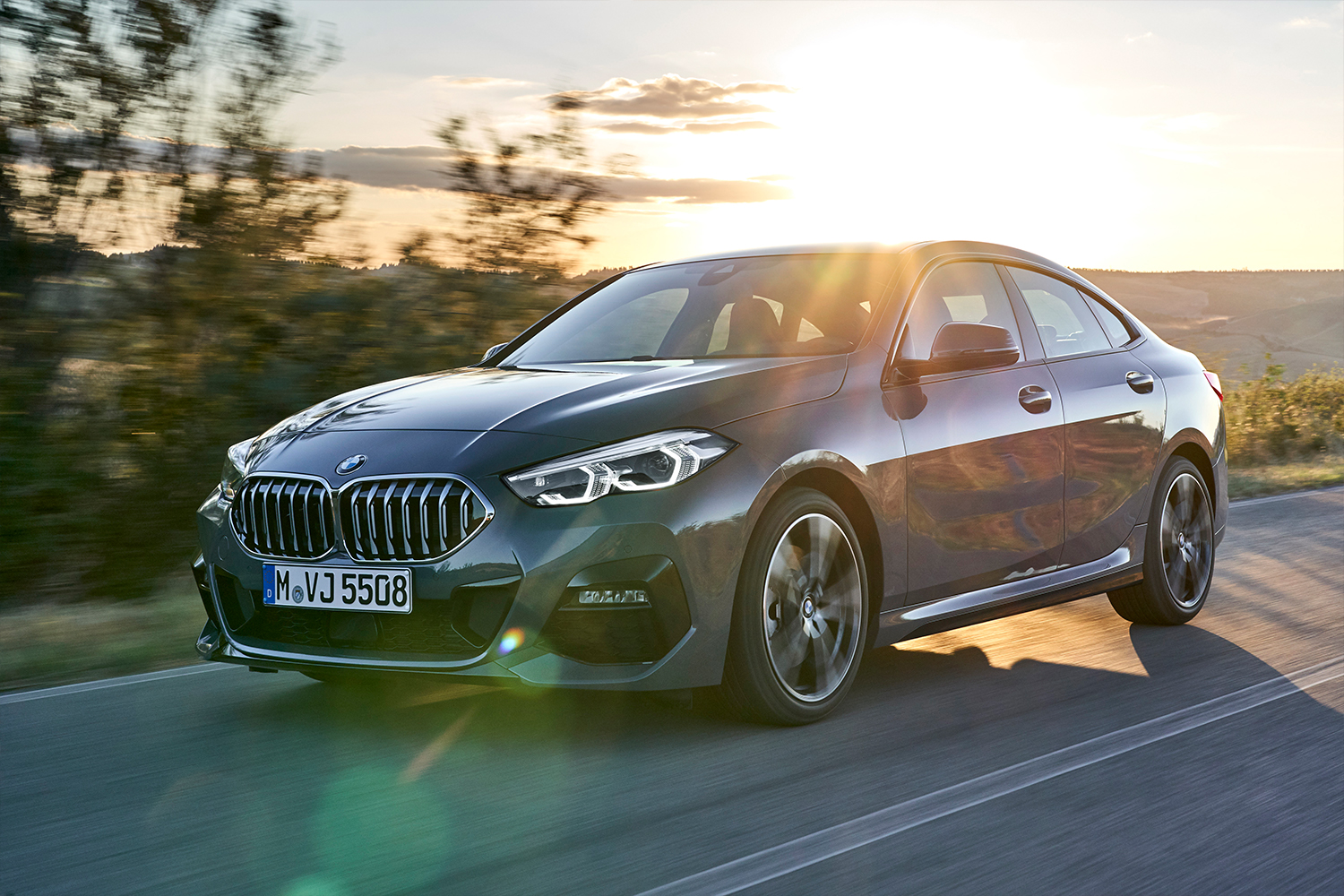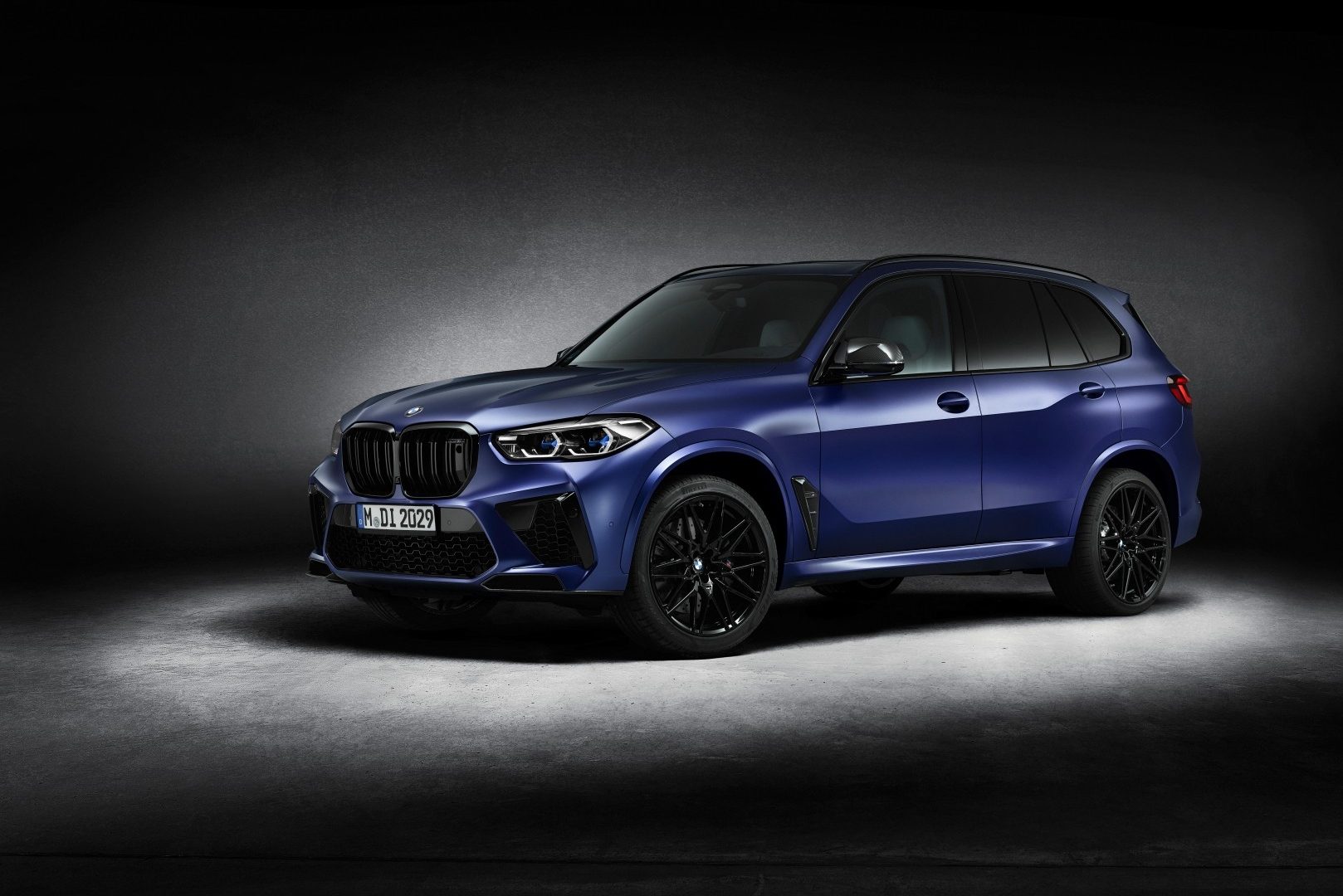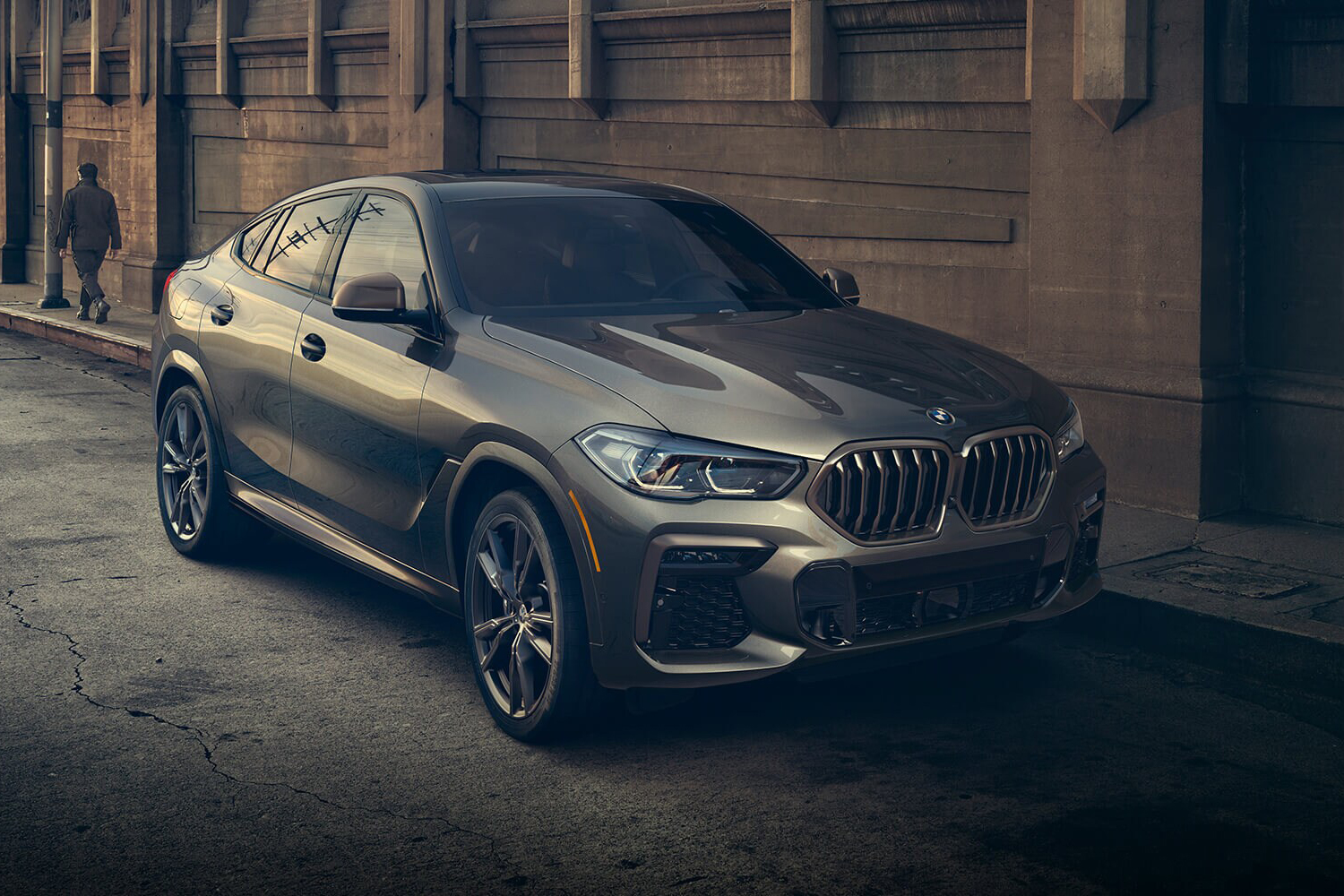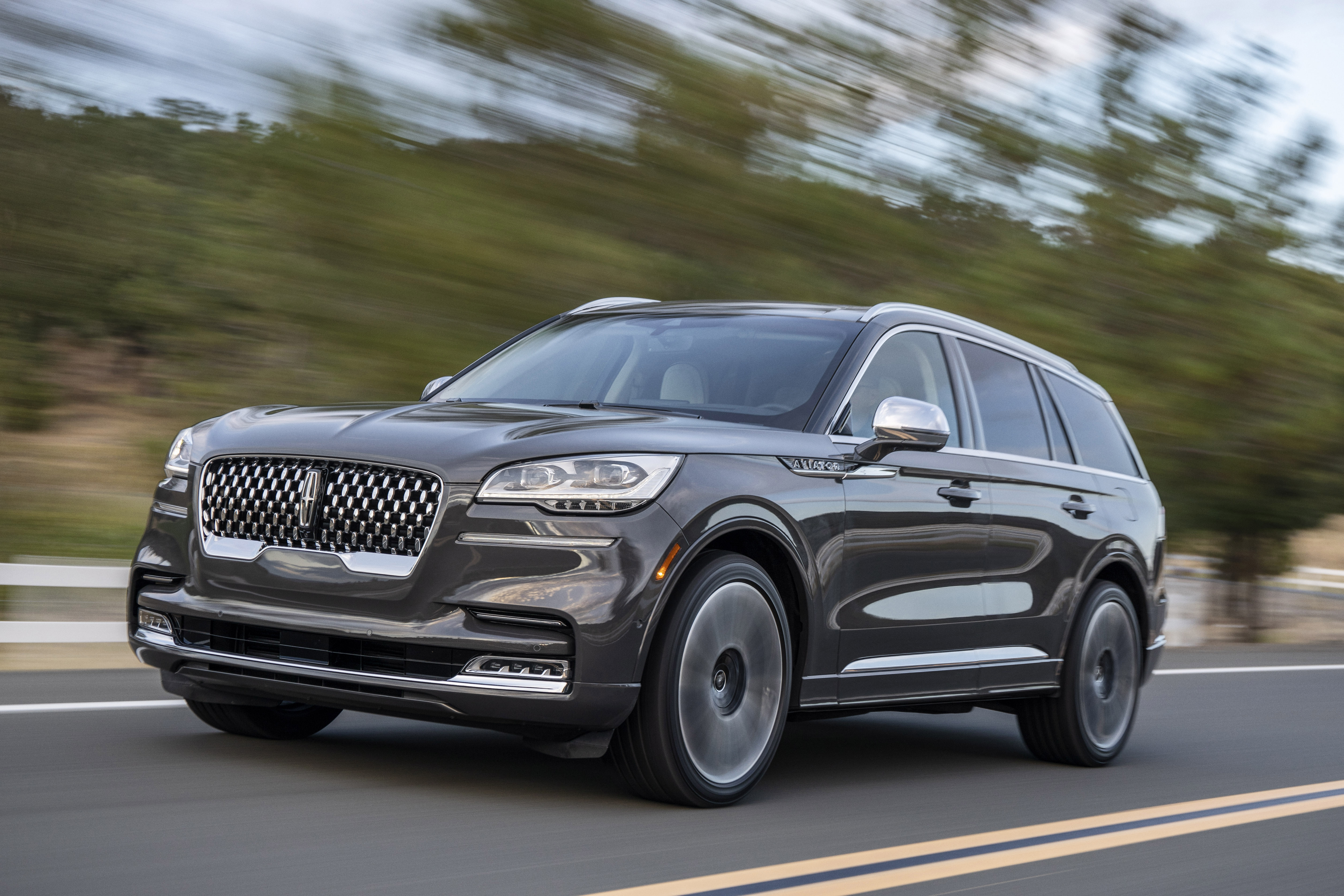Plug-in hybrids occupy a strange twilight between the world of traditional hybrid vehicles and full-on electric cars. Yes, they boost miles per gallon compared to a gas-only auto, but their smaller battery size compared to an electric-only design restricts them to around-town levels of EV range.
Almost from the time the first mainstream plug-in appeared — 2011’s Chevrolet Volt — automakers have found it difficult, if not completely impossible, to explain to buyers why they should pay a premium for these puzzling halfings. It’s unfortunate that so much of the messaging around PHEVs has been muddied, because for the vast majority of drivers they represent the perfect compromise between daily driving reality and range-anxiety practicality.
So it goes with the 2021 BMW X5 xDrive45e, the plug-in version of the German brand’s impressive mid-size SUV. Despite offering only a modest run of miles-per-charge, this electric X5 might be all the EV luxury buyers actually want, with none of the compromises the market has proven they don’t.
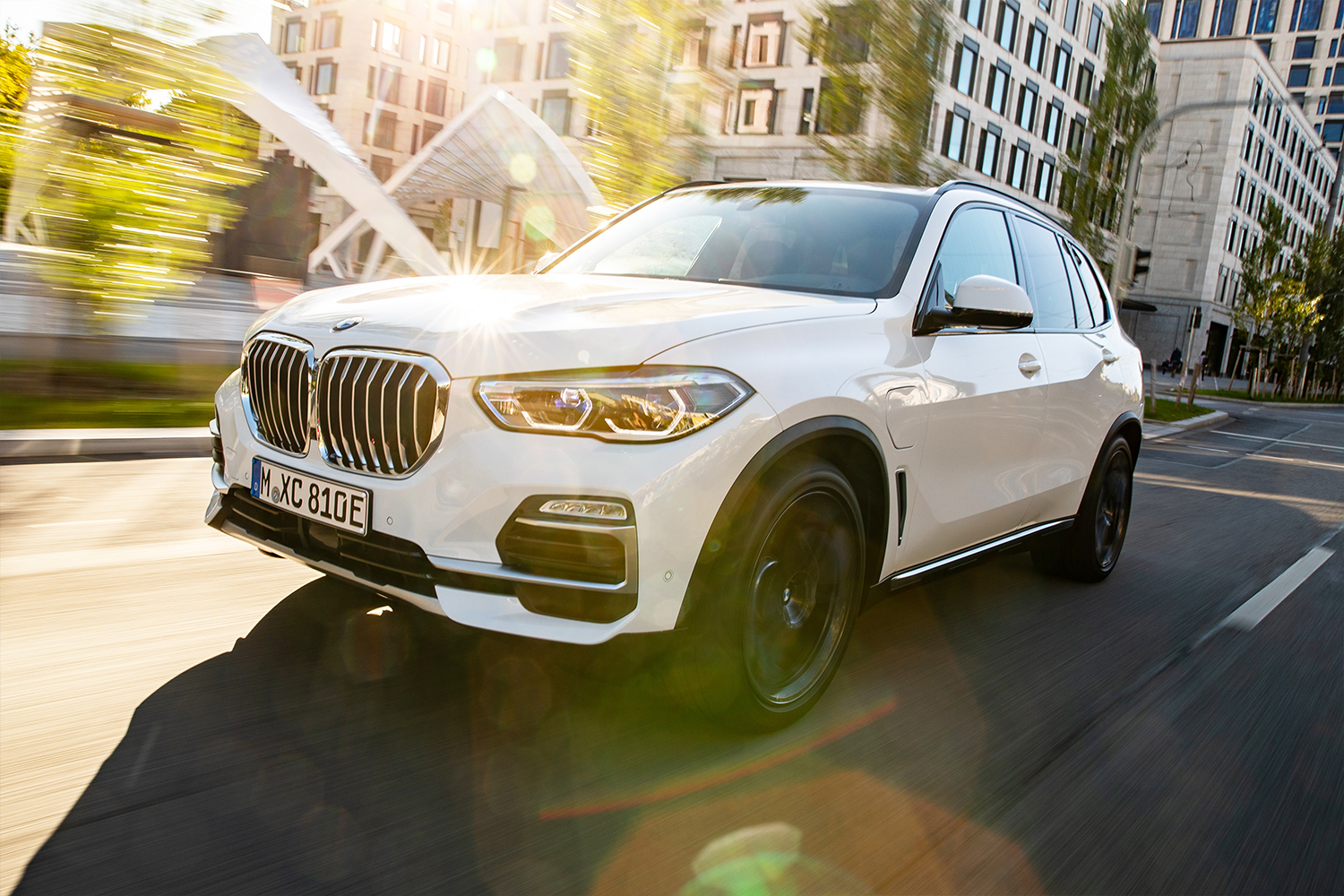
Well, How Do They Work, Then?
A quick primer on the PHEV conundrum. At their core, vehicles like the X5 xDrive45e match standard hybrids in pairing an electric motor with its gas unit, but by adding a much larger battery (and a plug that lets you charge it up from a wall socket when parked), they offer a massive boost in EV-only operating range.
It’s like having two different fuel tanks: one that’s filled with gas, and the other topped up with electrons. This gives the vehicle a split personality. In hybrid mode, the electric motor’s assistance is transparent, while in EV mode it banishes hydrocarbons completely and rolls silent like any other electric vehicle.
Think of plug-ins as electrics that can sop up the occasional road trip or no-parking-at-the-charger pain point with ease thanks to their gas-powered fallback. That’s because in very real terms, a plug-in hybrid spends most of its time in EV land. The average American drives just under 32 miles a day, which is well within the wheelhouse of most modern PHEVs, and as long as you can find a socket at work, the mall, or the grocery store (and then tuck in to delicious 110v or 220v current at home overnight), you’ll probably only ever pop the gas cap when it’s time to hit the highway for a weekend getaway.
Versatile Redesign Improved in Every Way
The challenge for luxury plug-ins like the BMW X5 xDrive45e is managing the high-end expectations of buyers while still providing meaningful electric motoring that doesn’t require accelerating on eggshells from every stop light. Completely redesigned for the currently model year, the second generation of BMW’s battery-powered behemoth is quicker, more comfortable and a lot less likely to tag in the turbocharged engine under its hood.
As a hybrid, the xDrive45e splits the difference between performance and efficiency, putting down a generous 389 horsepower and 443 lb-ft of torque from a its 3.0-liter turbo six and single electric motor combination. All-wheel drive is standard, and so is an eight-speed automatic transmission.
That’s more than enough motivation for any family hauler, and with the pedal down the X5 sheds any perception of being slowed by its eco-friendly mission statement. Quick off the line and equally athletic on the highway, the xDrive45e is a revelation compared to the older model’s overwhelmed four-cylinder setup.
Run Silent, Almost All The Time
Amazingly, the preceding paragraph also applies when the SUV is churning up an electrical storm rather than sucking down hydrocarbons. In fact, during my time with the new plug-in BMW, I almost never experienced the turbocharged six under full gallon thanks to the electric X5’s more impressive party trick: a 24 kWh battery pack. This unit is almost three times the size of what was found in the outgoing truck, and it hangs in for 30 miles, or double the vehicle’s previous rating. That range expands, too, when electricity that’s recaptured during braking is added back into the mix.
During my week with the X5 xDrive45e, I was unable to find a specific driving situation that required gas-powered assistance, as the electric motor even swallowed 85 mph highway bursts with ease. A full 99 percent of my errands, both in the city and around its fringes, were fully satisfied by the battery, which is an astonishing achievement for such a mighty (and mighty heavy) truck.
I know what you’re thinking, but I refused to baby the X5’s accelerator. I drove the PHEV as I normally would, in some cases even tearing away from a stop, or passing slower traffic more aggressively than was absolutely necessary. In each instance the only way I could force the truck to dip into its considerable fossil fuel reserves was by manually selecting Hybrid or Sport driving modes, once again providing a testament to the instant-on torque of the BMW’s electric motor.
Best of all? If I did need to exceed the xDrive45e’s electric range and spend a few hours far away from a charging station or the plug in my own driveway, that was always on the table — as long as I didn’t get complacent about keeping the nearly-forgotten gas tank full.
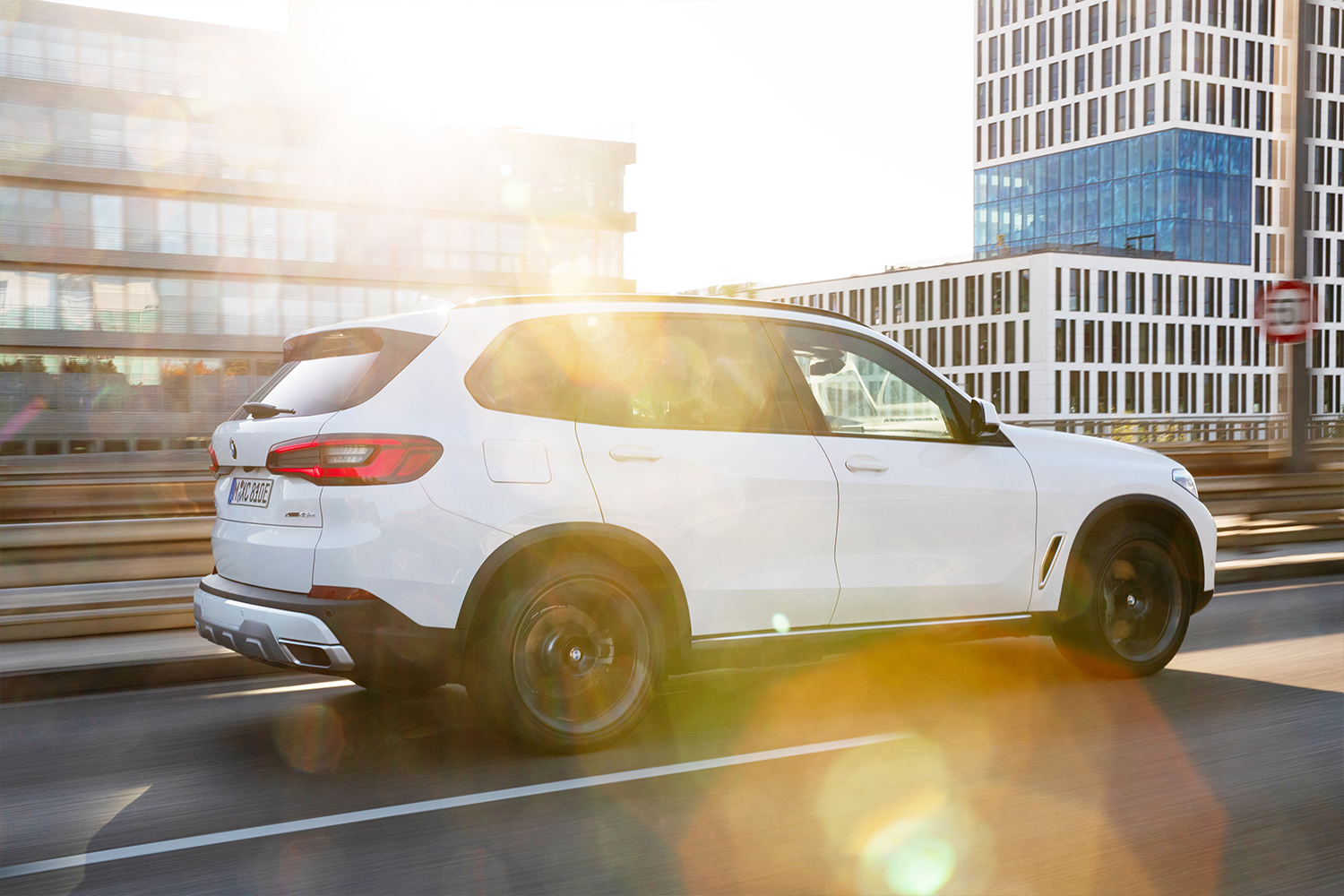
Battery Is Best
It’s hard not to see the xDrive45e as the most appealing entry in the entire X5 portfolio. From a driving perspective, the electric BMW comes across as a both zero-compromise EV and a long-range luxury cruiser, and it shares nearly the same features list, comfort, and practicality as its trio of gas-powered X5 siblings. Even the battery pack consumes only a mere sliver of cargo room in what was already a very generous, quiet and well-appointed cabin.
BMW has also done an excellent job at keeping the xDrive45e’s pricing reasonable. With a starting MSRP of $65,500, it’s only $7K more expensive than a base model while also being considerably quicker, with the added EV bonus. Presenting a happy performance medium between the entry-level xDrive40i and the M50i’s twin-turbo V8 (and minus the overboosted bombast of the ultra-pricy X5 M), BMW’s decision to double down on plug-in tech has paid impressive dividends.
This article was featured in the InsideHook newsletter. Sign up now.
